First hive inspection of 2015
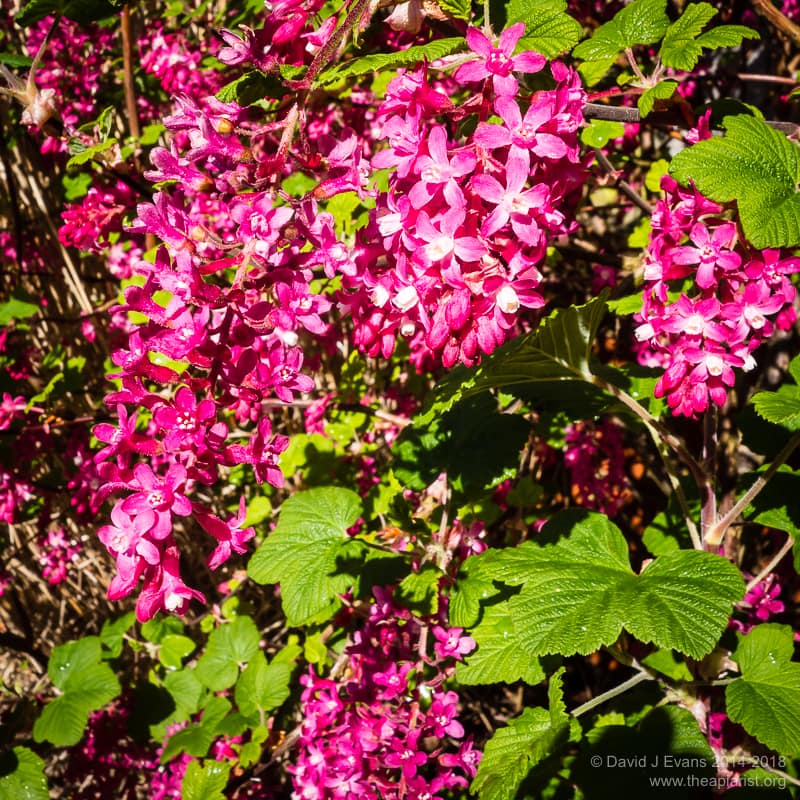
Ribes …
The first hive inspection of the year always involves a mixture of excitement and apprehension. Although observing activity at the hive entrance – foragers returning with pollen – or the use of clear crownboards gives an indication of how well the colony has overwintered, it’s only when the box is opened and the frames are inspected that a proper evaluation of the colony is possible. There’s little to be gained from inspecting too early however tempting it might be … until there’s a reasonable level of new brood it’s not really possible to judge overwintering performance. I wait for a settled, warm few days. With the exception of 2011 which had an unseasonably warm spring (I was queen rearing in mid-April) suitable weather usually coincides with the flowering of ornamental currants (Ribes sanguineum) which attracts lots of attention from bees.

Don’t do this at home …
Last Friday (10th April) the weather was warm and settled and I inspected a dozen colonies and overwintered 5 frame nucs. With two exceptions the colonies were in pretty good order, with about 3-6 frames of brood, no evidence of DWV damaged bees, reasonable levels of stores and sufficient space for the queen to expand the brood nest. One colony appeared to have a failing or failed queen … she was present, but there was almost no brood (though what was present was worker, so she wasn’t a drone laying queen; DLQ). This colony was very small and had a very large amount of stores left. I suspect the colony are doomed and that the queen was either poorly mated last year, or is otherwise unfit for purpose. A second colony had a blocked hive entrance which I’ll post about next week. Two further colonies were in great condition though the plywood brood box they were occupying had almost completely delaminated and will need replacing very soon.
- Varroa trays …
- Blue marked queen …
- Going up …
The strongest colony, overwintered on a “brood and a half” (a brood box over a full honey super) had expanded up into the eke that had contained a block of fondant. The bees were beautifully calm as I tidied up the box for the coming season. Only one of the queens I found (10/12) was not marked and I suspect she was a late season supercedure last year. The last full inspection was mid/late August and there was ample time and good weather after that for the colony to have replaced her successfully. The final task of the afternoon was to find and scrub clean the Correx Varroa trays and put them in place for a week to count the early season mite drop (which isn’t really a particularly accurate way to determine Varroa infestation for reasons that will be covered later this year).
- Apple blossom … and signs that a bivouacked swarm perished here
- OSR flower buds …
- Foragers collecting water …
All around there were signs that the season was gathering pace … loads of foragers were slurping up water from dirty puddles in the track, presumably to help use crystallised stores, the apple trees in the hedgerows were covered in blossom and the oil seed rape (OSR) buds looked ready to break in the next week or so.
So lots to be excited about and no need for the apprehension 🙂
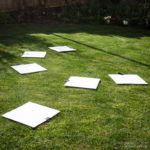
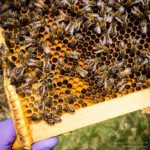
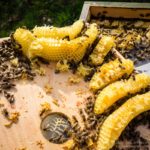
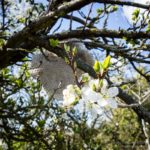
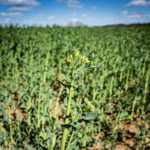
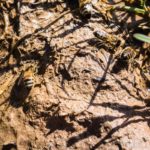
Join the discussion ...